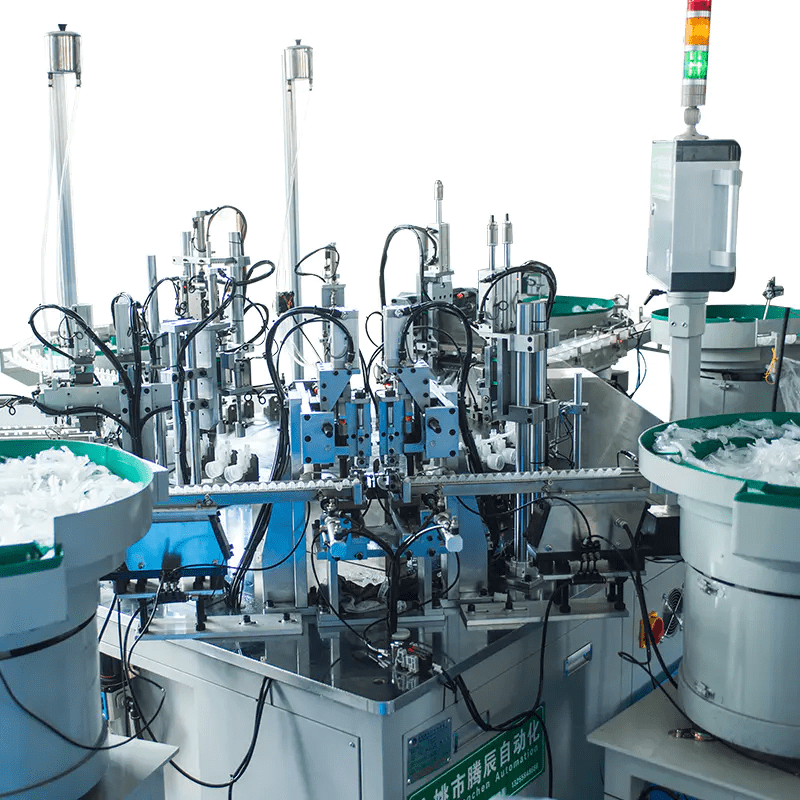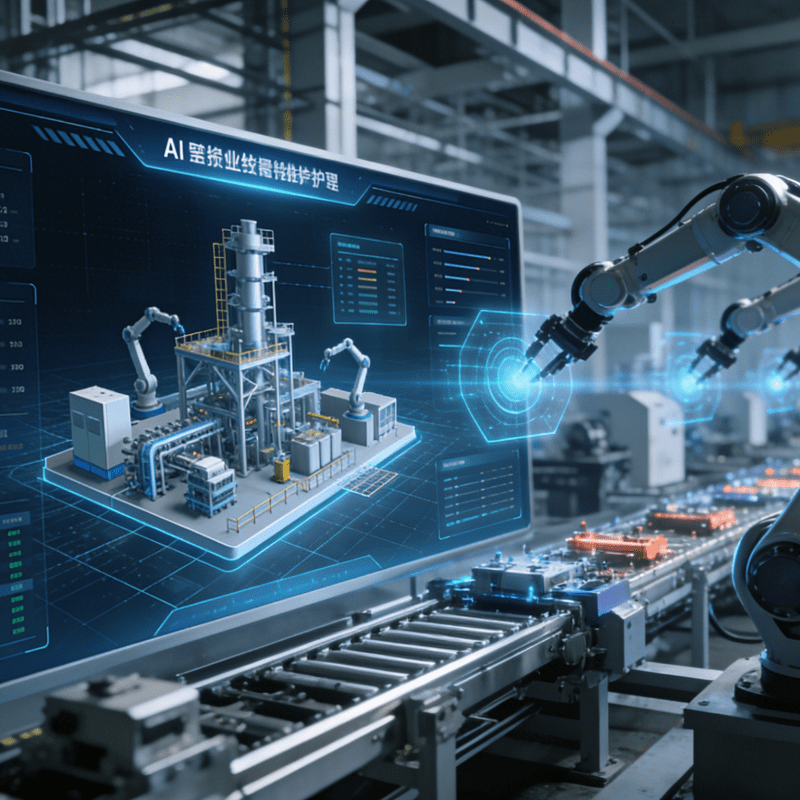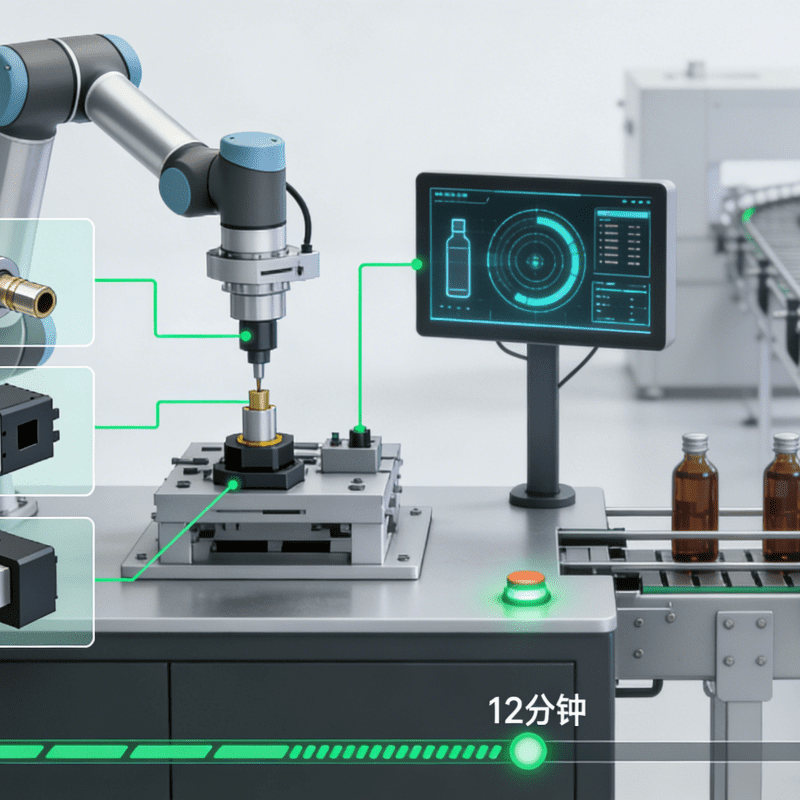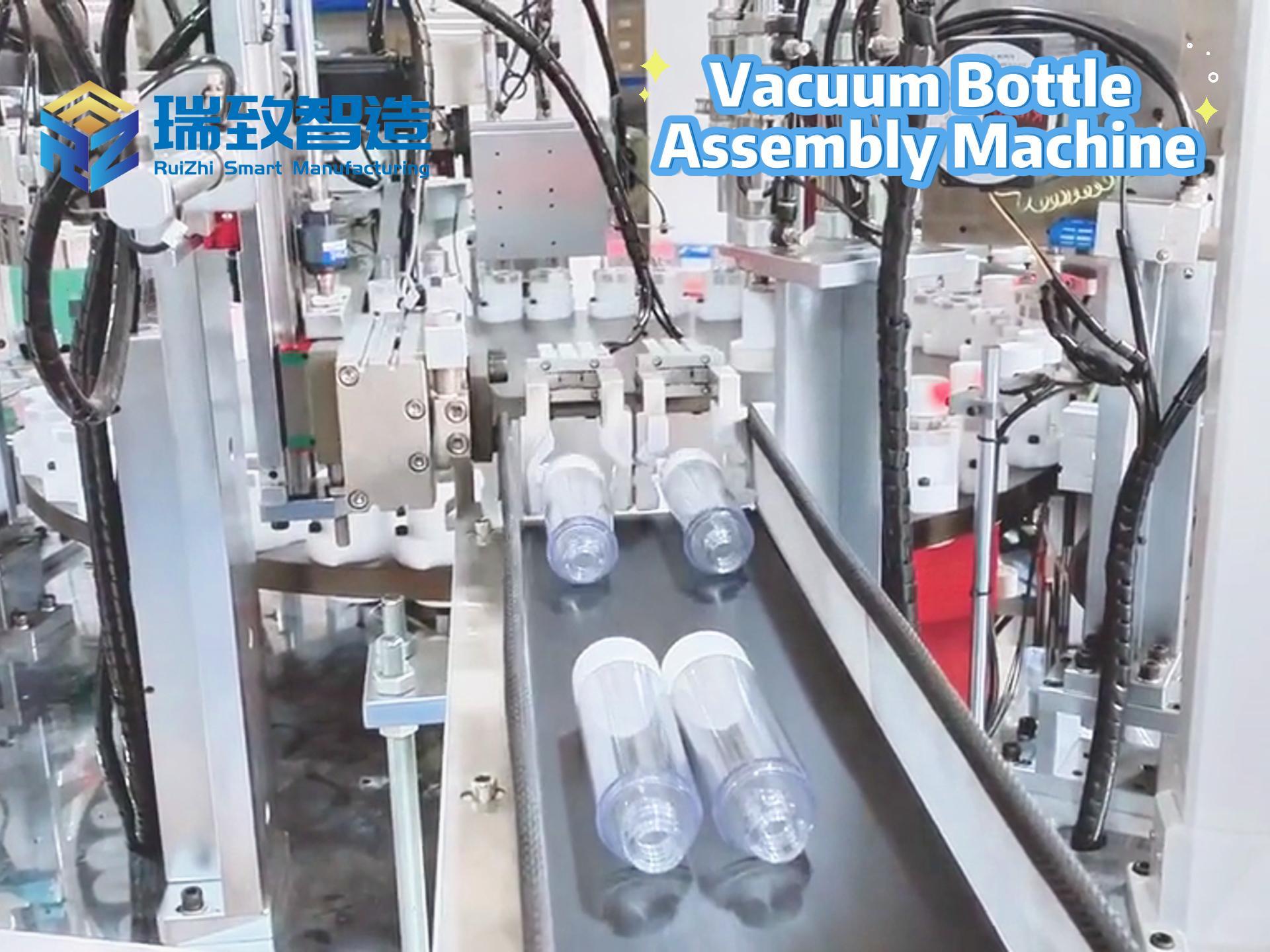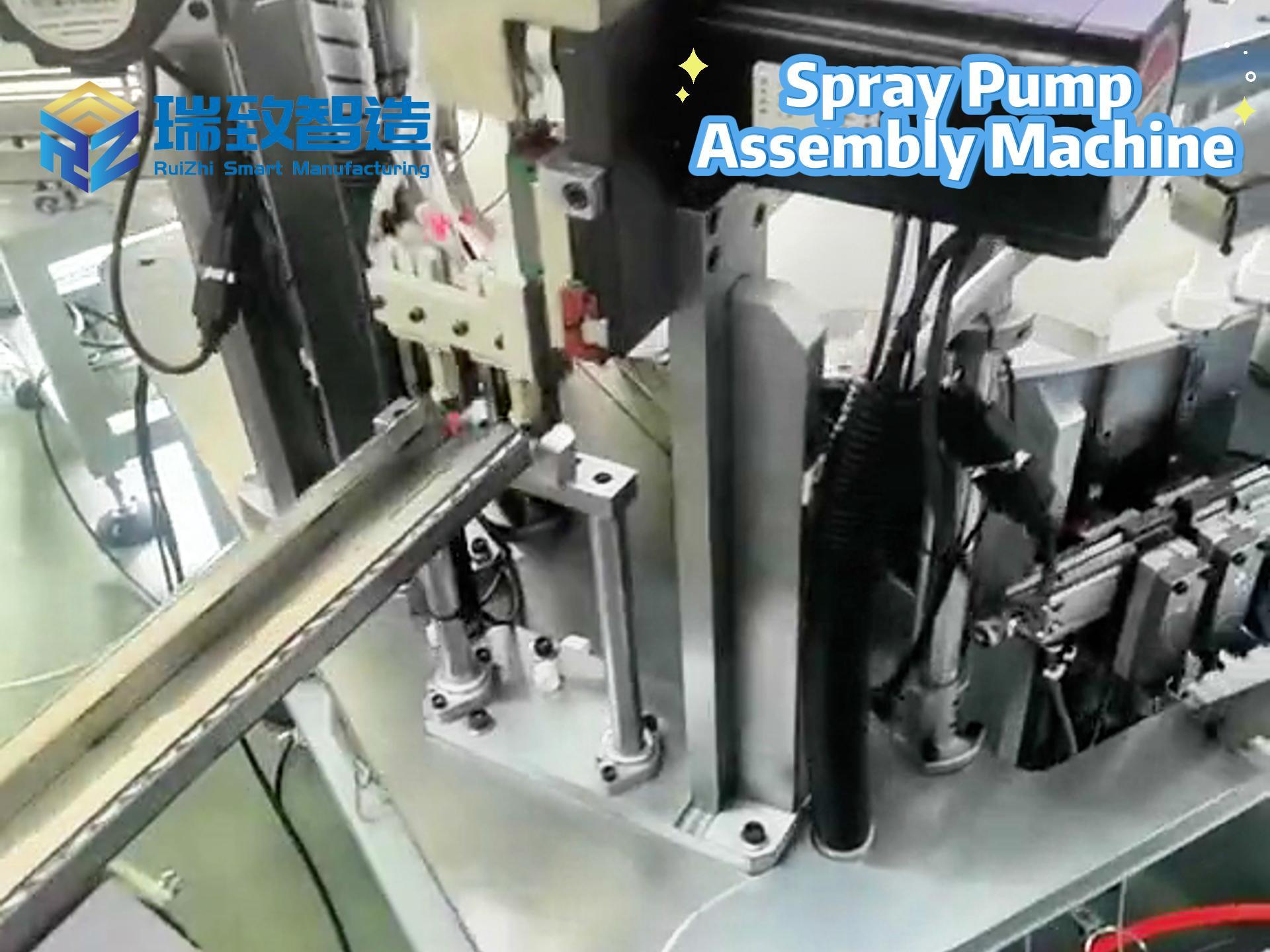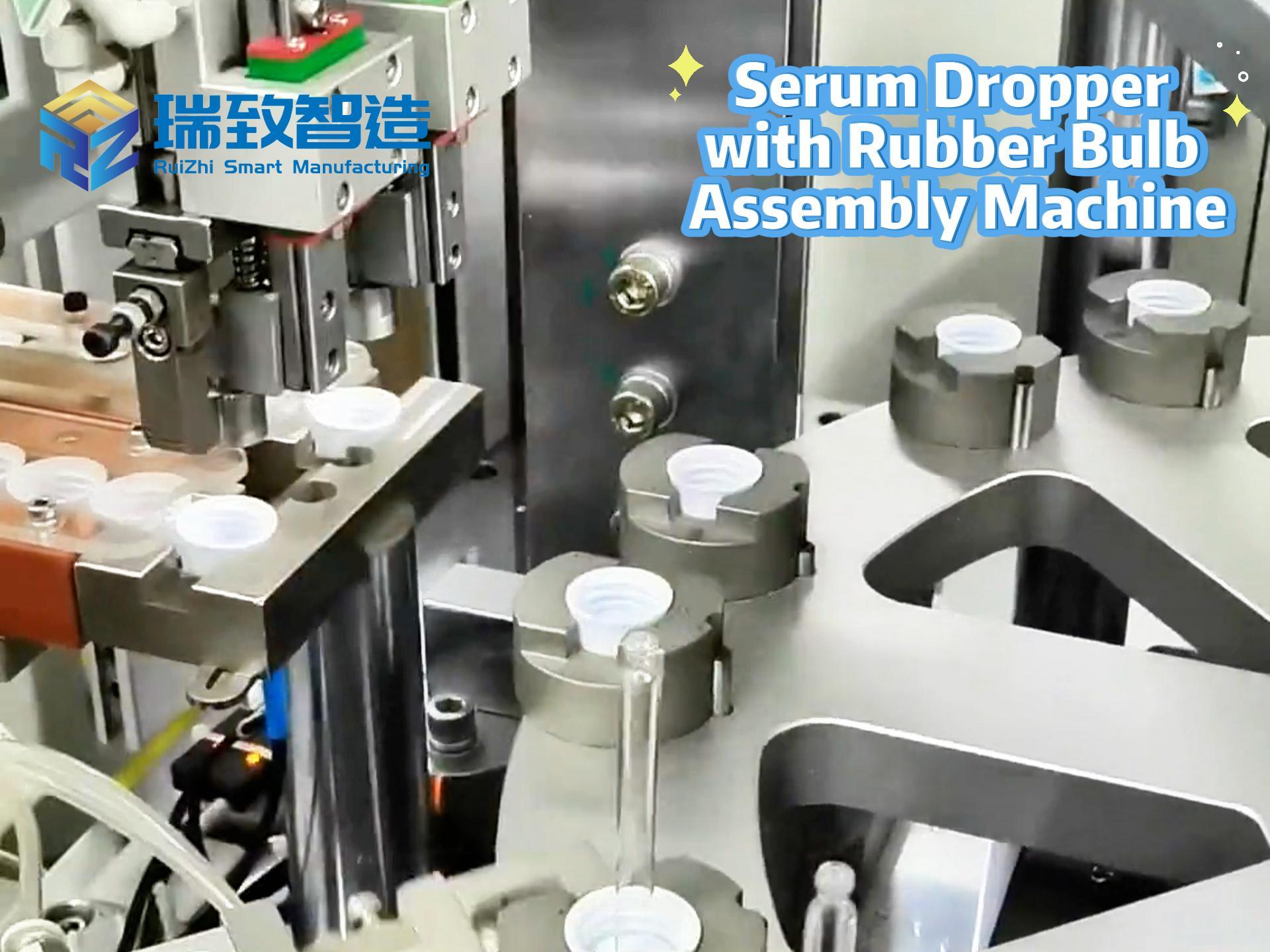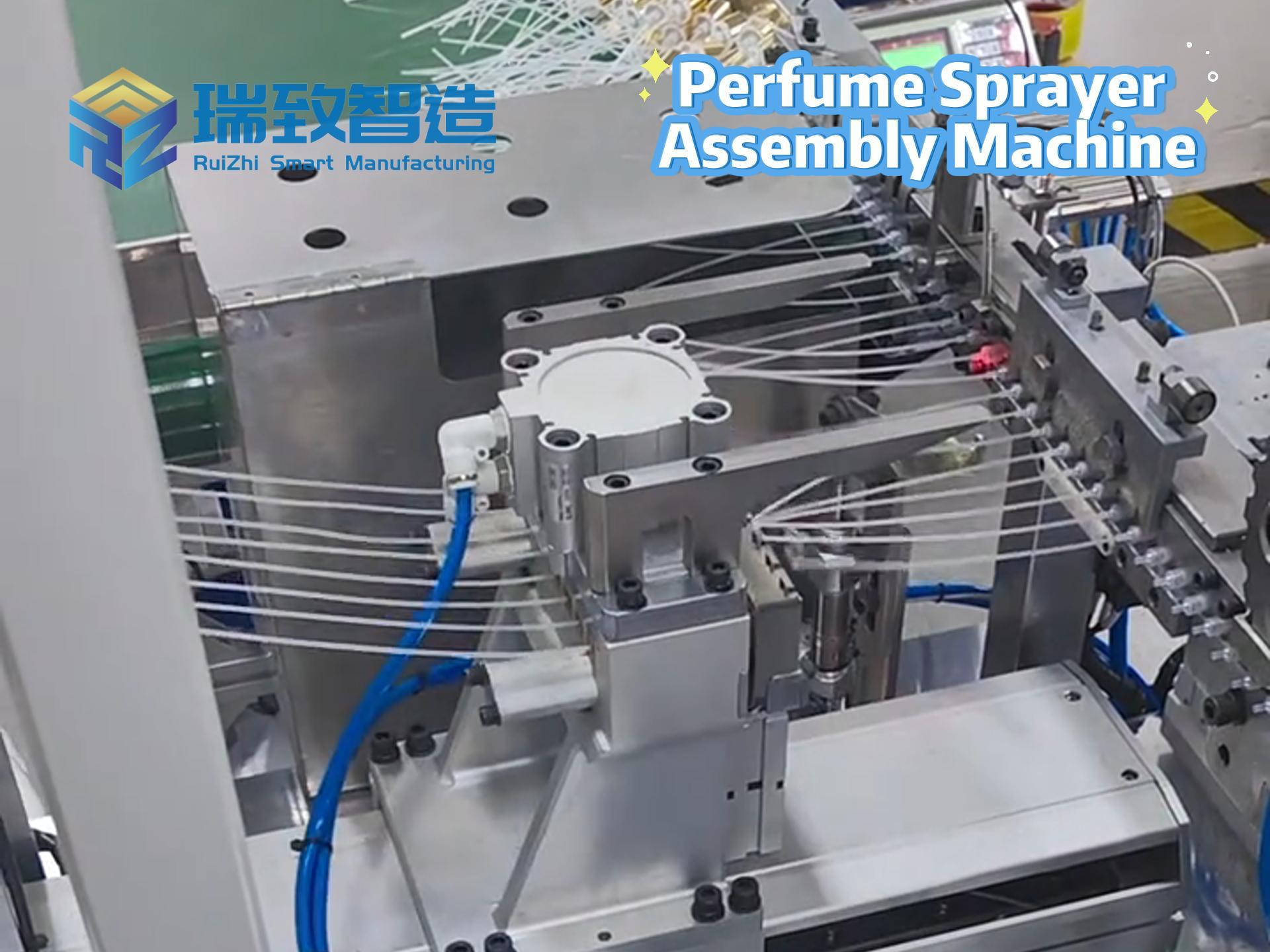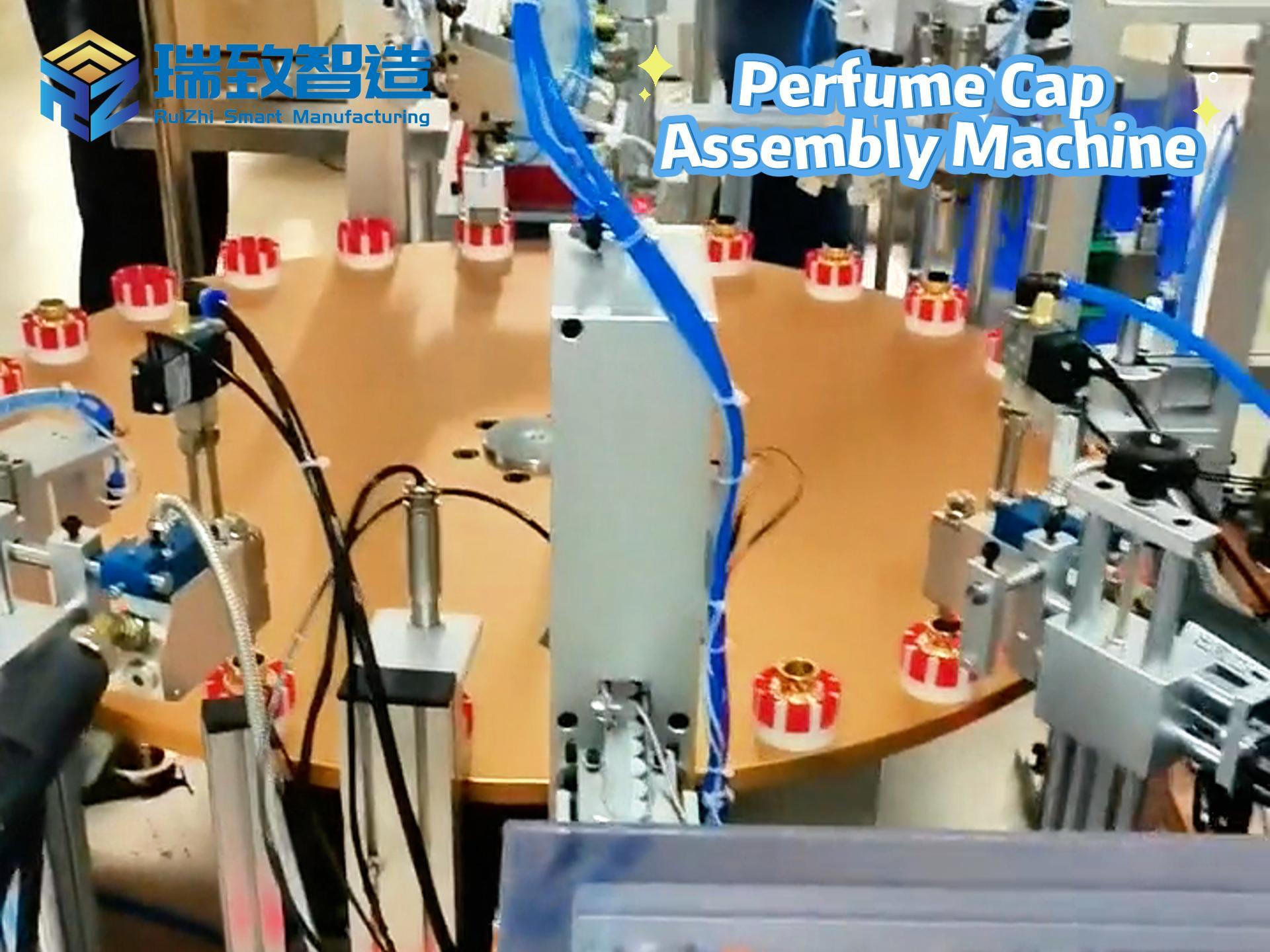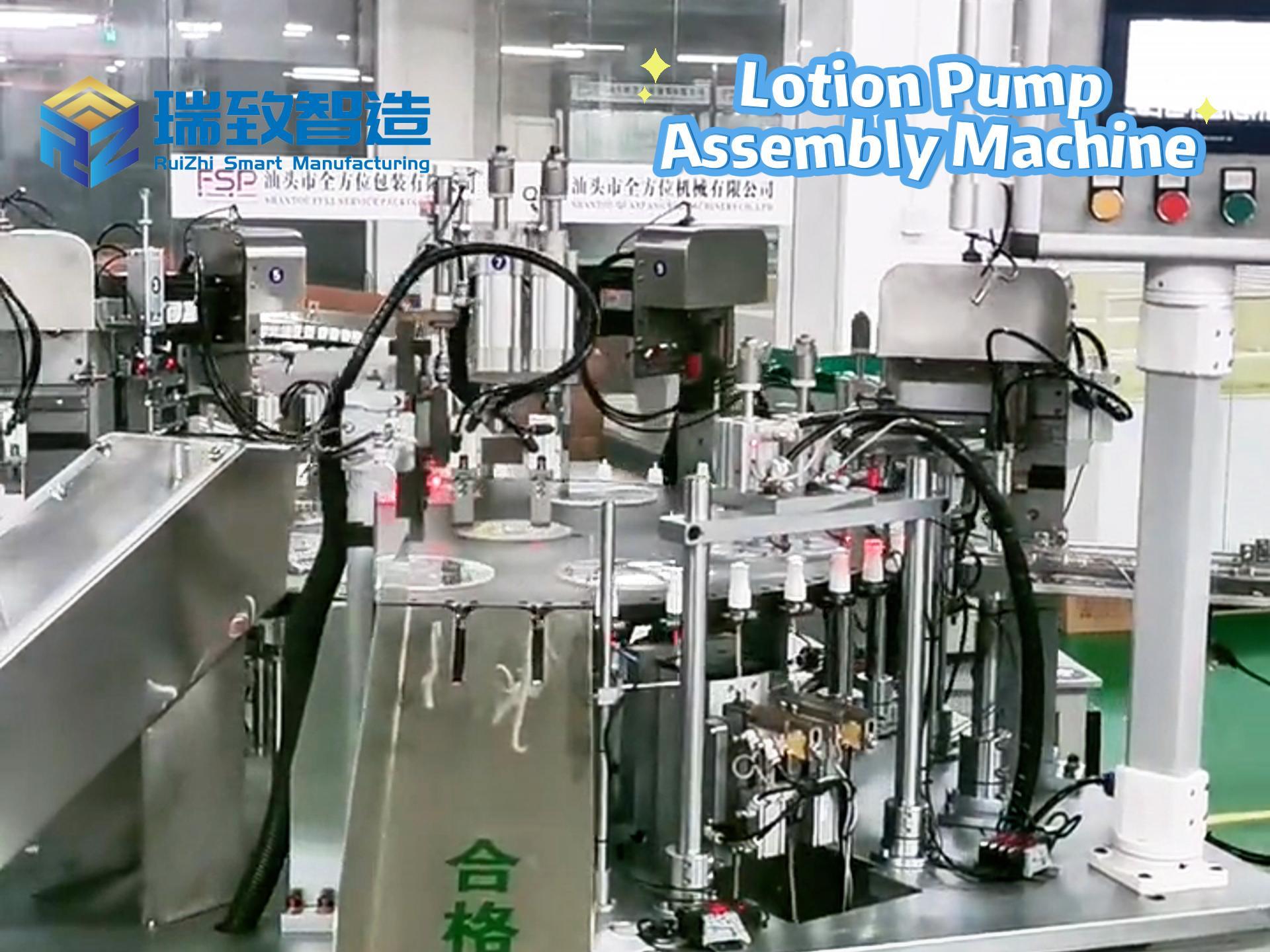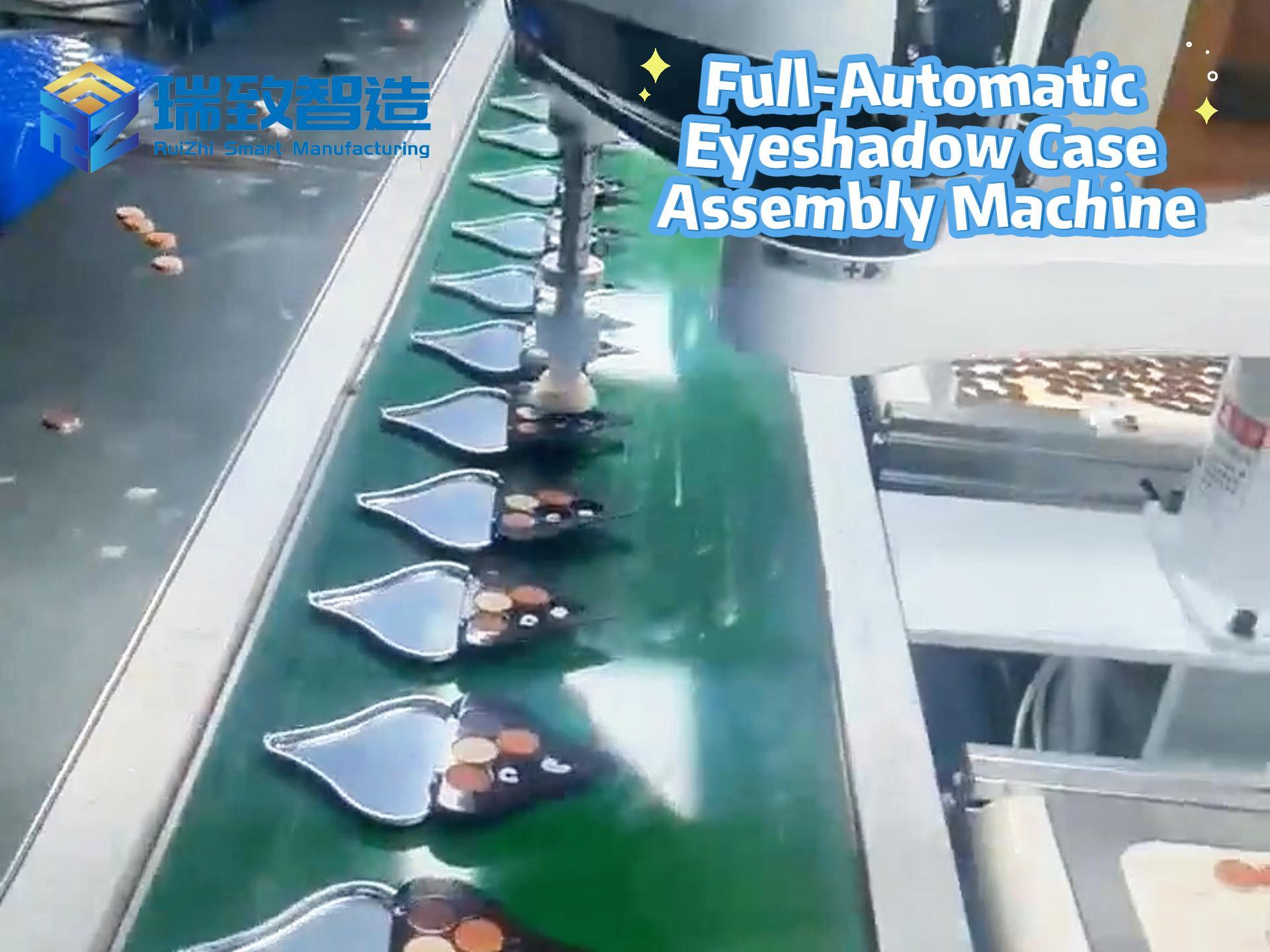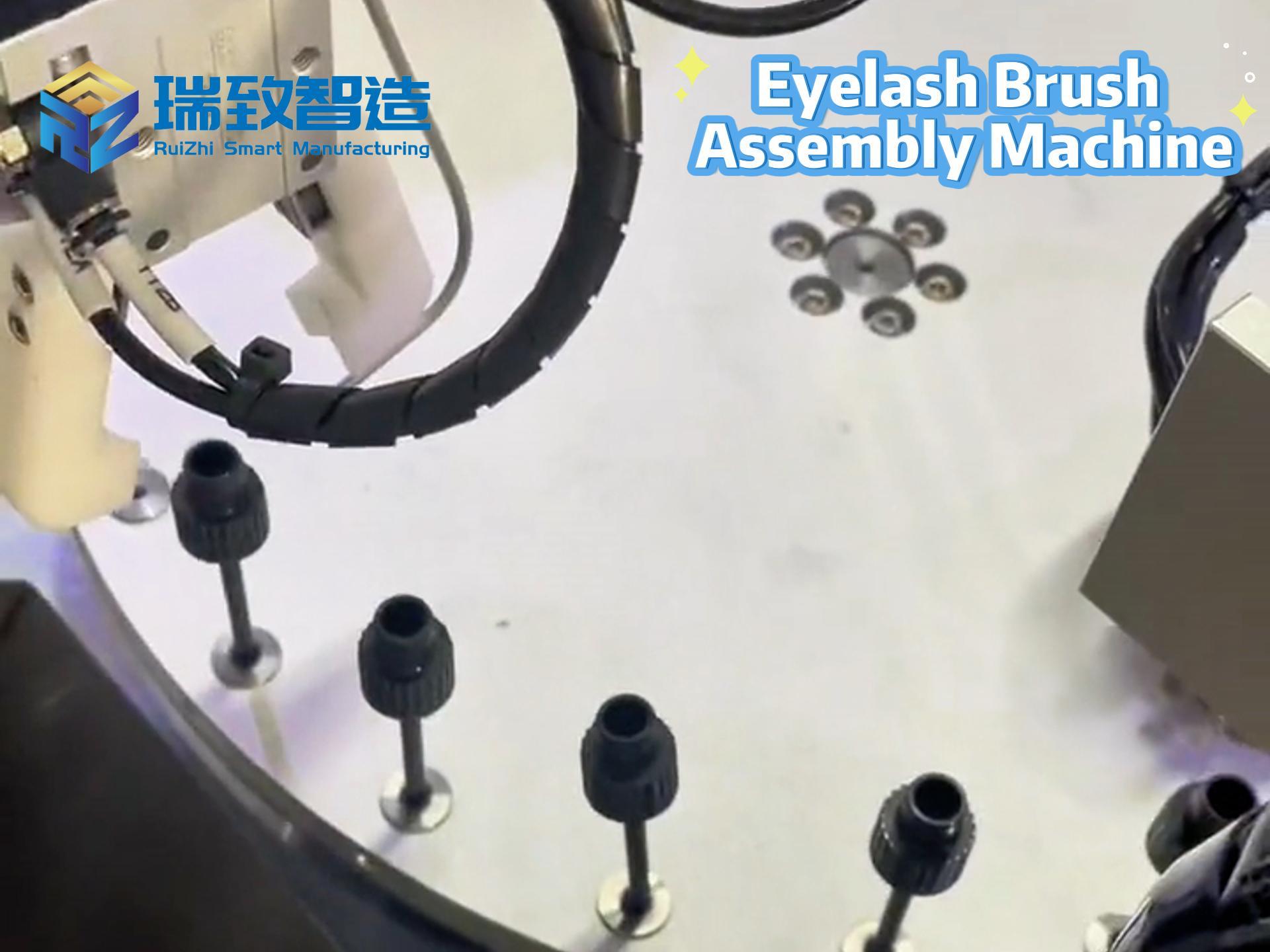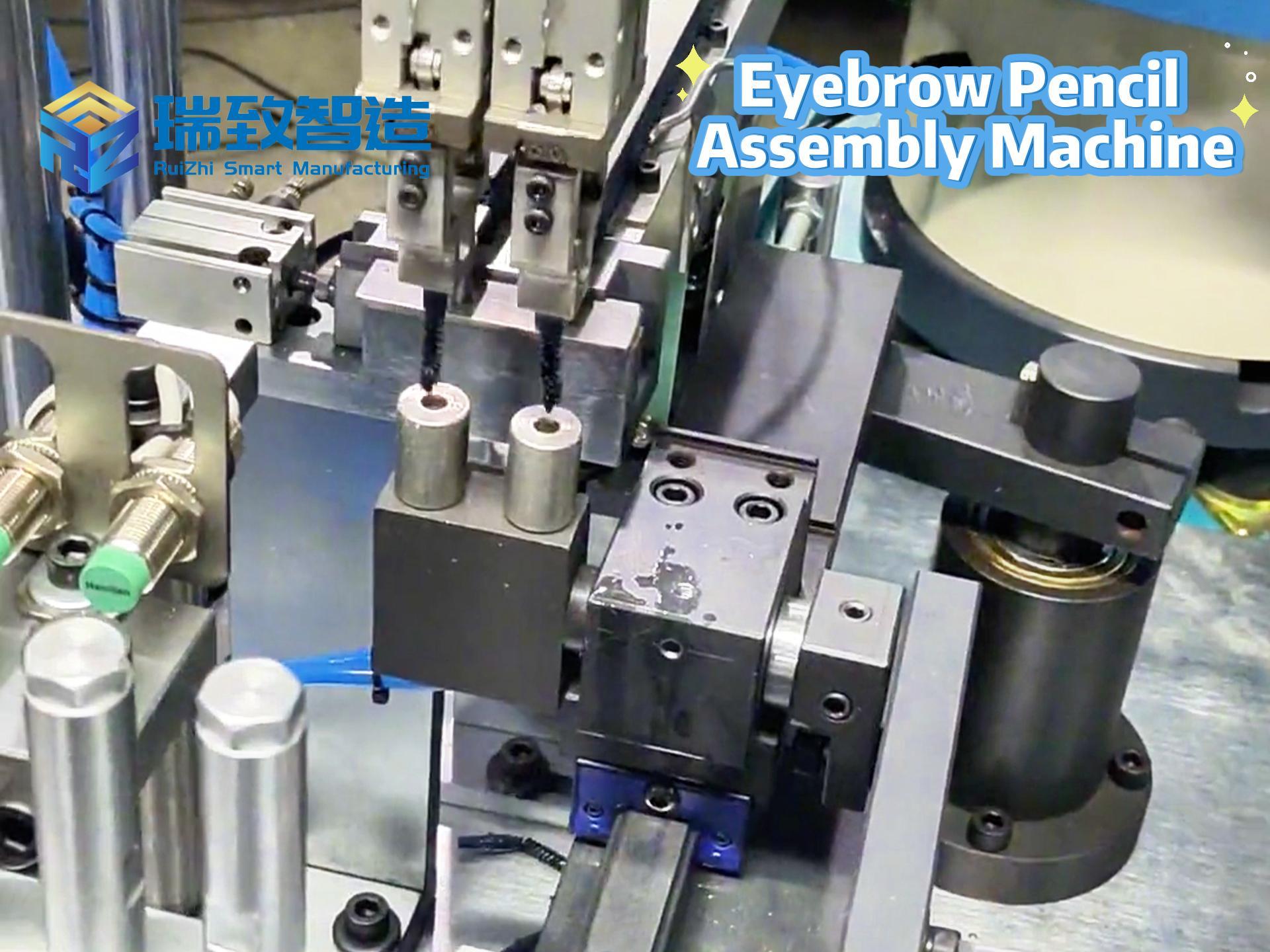
In industries relying on sheet materials such as metal processing, furniture manufacturing, and electronic panel production, the seemingly basic link of “loading” is actually a key bottleneck restricting production line efficiency. Traditional manual loading not only faces problems such as high labor intensity, insufficient precision, and high safety risks but also struggles to meet the needs of modern manufacturing for flexible and high-speed production. The emergence of Sheet Automatic Loading Robots is reconstructing the initial link of sheet processing with intelligent technology, serving as an “automated bridge” connecting raw material storage and production equipment.
From “Human Dependence” to “Intelligent Takeover”: Breakthroughs in Core Functions
The core value of sheet automatic loading robots lies in transforming the entire process of “raw material handling – positioning – loading” from manual domination to intelligent automation. Their working logic revolves around three core functions:
Precise Recognition and Flexible Grasping
Equipped with 3D vision sensors and AI algorithms, the robot can real-time identify the size, stacking angle, and surface status of sheets (such as the presence of bumps or scratches). It automatically adjusts the grasping force of the end effector according to material characteristics (hardness of metal sheets, brittleness of wood boards, fragility of plastic plates). For example, vacuum suction cups combined with flexible buffer devices are used for thin aluminum sheets to avoid deformation; multi-claw linkage robotic arms are activated for thick steel plates to ensure stable grasping. This “perception – decision – execution” closed loop controls loading errors within ±0.5mm, far exceeding the precision of manual operations.
Dynamic Adaptation and Production Line Collaboration
Unlike traditional robotic arms with fixed trajectories, modern sheet loading robots have the ability to “adapt to production rhythms”. Through real-time data interaction with CNC machining centers, laser cutting machines, and other equipment, the robot can dynamically adjust loading frequency according to the processing progress of downstream equipment: when the cutting equipment is on standby, it automatically accelerates loading; if it detects a mismatch between raw material specifications and production orders, it immediately triggers an alarm and switches to a backup sheet stack to avoid production line stagnation. This “flexible collaboration” capability increases equipment utilization by more than 30%.
Unmanned Warehouse Connection
In smart factory scenarios, sheet loading robots can link with stereoscopic warehouses and AGVs (Automated Guided Vehicles). After receiving raw material outbound instructions through the WMS (Warehouse Management System), the robot independently goes to the designated location to pick up materials, directly sends them to the production line after quality inspection (such as thickness sampling), and realizes the fully unmanned process of “raw material storage – loading – processing”. This mode is particularly suitable for large-batch, multi-batch order production, shortening raw material turnover time by more than 40%.
Technical Core: Three Key Innovations Supporting Efficient Loading
The efficient operation of sheet automatic loading robots is inseparable from breakthroughs in underlying technologies, among which three innovations are particularly critical:
Perception System Integrating Vision and Force Control
Traditional loading equipment relies on fixed tooling for positioning, struggling to cope with complex scenarios such as tilted sheet stacking and surface reflection. The new generation of robots is equipped with a “binocular vision + laser contour sensor” combination, which can complete 3D modeling of a single sheet in 0.3 seconds. Combined with contact pressure data fed back by force control sensors in real time, it achieves dual guarantees of “vision-guided path planning + force-controlled adjustment of grasping posture”. For example, when loading stainless steel plates, the system can automatically identify the edge of the surface protective film to avoid film peeling during grasping.
Modular Mechanical Structure Design
Targeting sheet characteristics in different industries, the robot adopts a modular design: robotic arm joints can choose 3-axis or 6-axis drives according to sheet weight (from electronic panels of several kilograms to thick steel plates of several tons); the end effector supports quick replacement (vacuum suction cups, mechanical claws, magnetic devices, etc.) with a switching time of no more than 5 minutes. This design allows one robot to adapt to sheets of various materials and sizes, significantly reducing enterprises’ equipment investment costs.
Intelligent Decision-Making Empowered by Edge Computing
The robot’s built-in edge computing module can process production data in real time. For example, it predicts sheet consumption speed by analyzing historical loading records and triggers raw material replenishment warnings in advance; when detecting that the grasping success rate is continuously lower than 99%, it automatically calls the built-in fault diagnosis model to check for issues such as suction cup wear or sensor deviation, and pushes maintenance suggestions to operation and maintenance personnel. This “autonomous diagnosis + predictive maintenance” capability reduces equipment downtime by 60%.
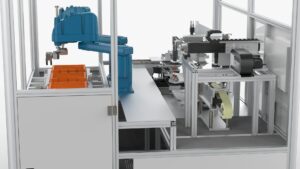
Scene Implementation: Efficiency Revolution from Workshops to Industries
In production scenarios of different industries, sheet automatic loading robots are demonstrating differentiated value:
Automobile Manufacturing: Precise Docking of High-Strength Steel Plates
In automobile body stamping workshops, robots need to frequently handle high-strength steel plates with a thickness of 2-8mm. Traditional manual loading, due to the heavy weight of steel plates (up to 50kg per sheet), is prone to positioning deviations, resulting in a stamping part scrap rate of up to 2%. With visual positioning and millimeter-level control of robotic arms, the robot can reduce the scrap rate to below 0.3% and achieve high-frequency loading of 120 times per hour, meeting the high-speed production needs of stamping lines.
Furniture Customization: Flexibly Adapting to Multi-Specification Sheets
In custom furniture production, sheet sizes vary (from 300mm×300mm partitions to 2440mm×1220mm door panels) and materials are mixed (solid wood, density board, acrylic board). Through the combination of quick replacement of end effectors and visual recognition, the robot can switch from “grasping density boards” to “grasping acrylic boards” within 10 seconds, increasing the loading efficiency of small-batch custom orders by 50% and solving the problem of “slow product changeover” in traditional production lines.
Electronic Panels: Fine Operations in Dust-Free Environments
In the production of liquid crystal panels and photovoltaic panels, the surface of sheets must be strictly protected from scratches and pollution. The robot uses cleanroom-grade vacuum suction cups (Class 100) and mechanical arm movement trajectories designed with windless zones, enabling loading of ultra-thin glass substrates (0.1mm thick) in Class 1000 cleanrooms without contact pollution, increasing the yield rate by 15% compared with manual operations.
Future Evolution: From “Automation Tool” to “Intelligent Production Hub”
With the deepening of Industry 4.0, sheet automatic loading robots are evolving from a single “handling tool” to “production hub nodes”. In the future, their development will show three trends:
AI-Driven Self-Learning Ability
By accumulating massive loading data (matching parameters of different materials, environments, and equipment), robots can independently optimize grasping strategies — for example, automatically increasing suction cup negative pressure in humid environments, or reducing robotic arm speed in high-temperature workshops to avoid component overheating, achieving “increasing intelligence with use”.
Green and Energy-Saving Design
Adopting lightweight materials (carbon fiber robotic arms) and energy recovery technologies (braking energy feedback systems) reduces robot energy consumption by more than 20%; at the same time, precise planning of movement paths reduces invalid energy consumption, adapting to the “dual carbon” goals of manufacturing.
Cross-Scene Collaboration Network
In future factories, a single sheet loading robot will connect to industrial Internet platforms, forming a data closed loop with warehouse robots, processing equipment, and ERP systems: automatically adjusting loading sequences according to order priorities, triggering procurement in advance according to raw material inventory warnings, and realizing intelligent scheduling of the entire industrial chain.
From the roaring workshops of metal processing plants to the custom production lines of furniture factories, the value of Sheet Automatic Loading Robots has long gone beyond “replacing manual labor”. With precise, efficient, and flexible characteristics, they have become a key fulcrum for the transformation of manufacturing from “large-scale production” to “intelligent production”. In the wave of intelligent manufacturing, such automation equipment focusing on segmented scenarios is promoting “major changes” in the industry through “small breakthroughs”.

